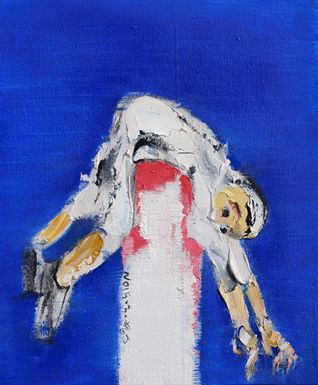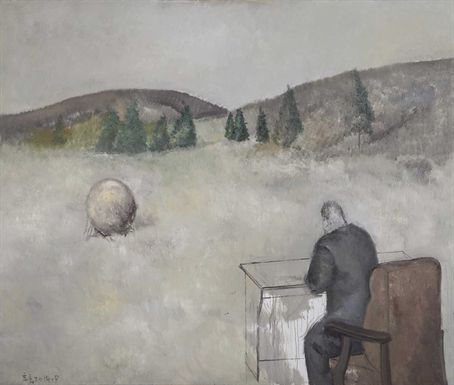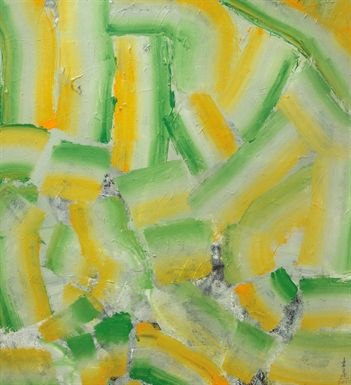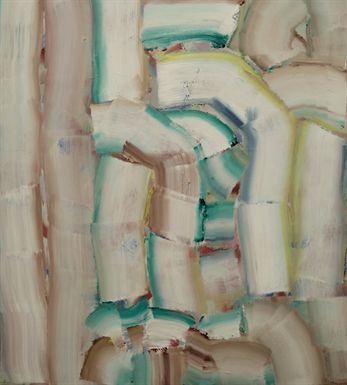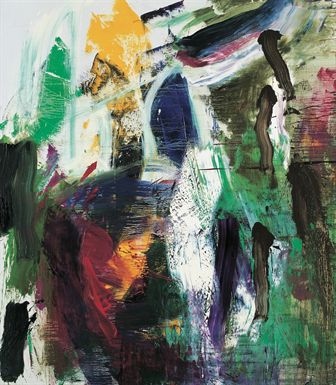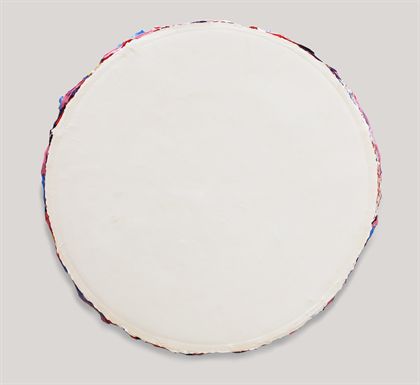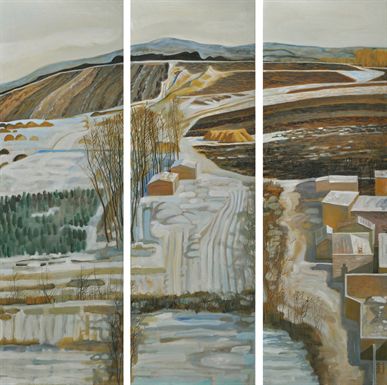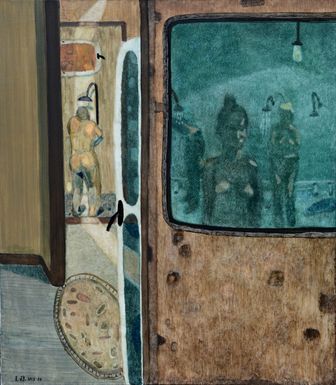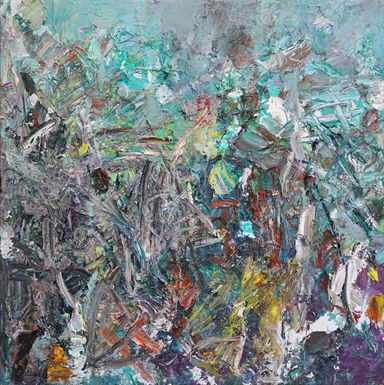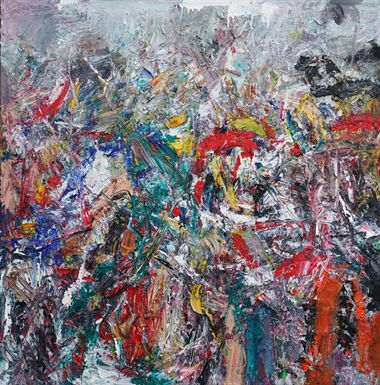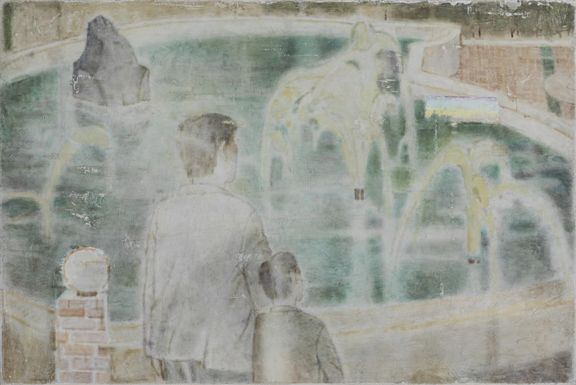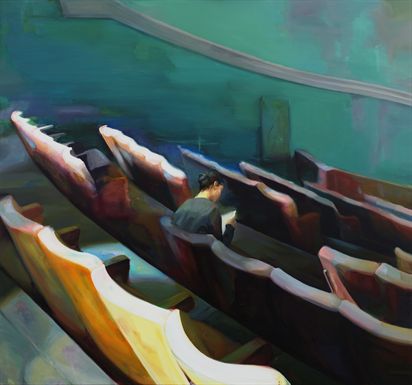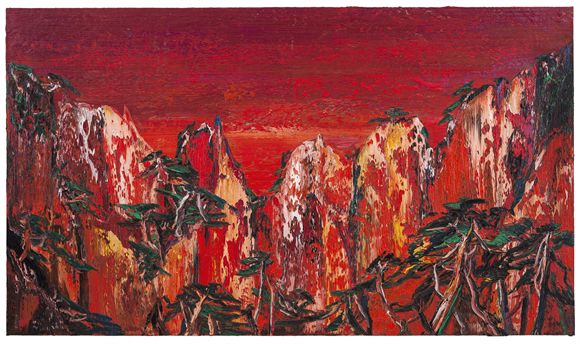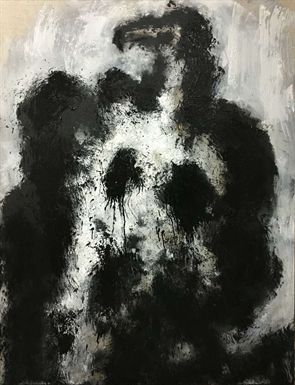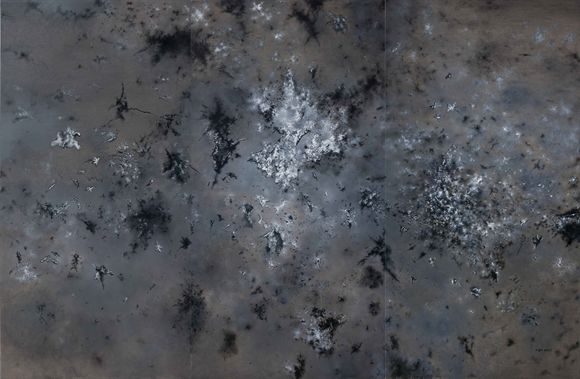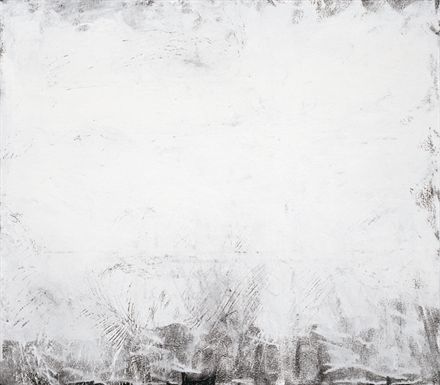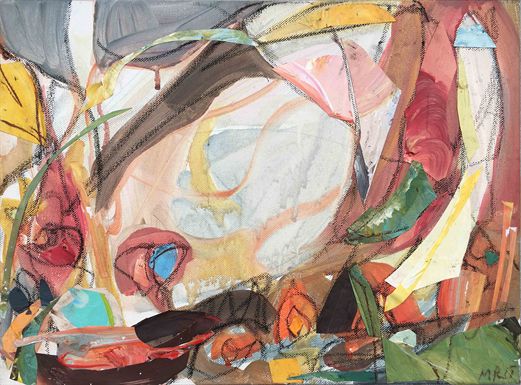Jul 09 - Aug 09, 2016
Press Release
The Whitebox Art Center and Zhu Naizheng Research Center of Art jointly announce that the exhibition “Over-Painting: Mitigating the Dilemma of Contemporary Art”, is on display in the Whitebox Art Center at 798 Art Zone from July 9th 2016 through August 9th 2016. The scholarly research and construct, and curation of this exhibition were accomplished by social art historian, Tsao Hsingyuan. The fifteen artists who participate in this exhibition are: Cai Jin, Ding Yijun, Huang Liyan, Li Di, Monique Rollins, Ma Kelu, Ma Shuqing, Sun Changwu, Wang Qiong, Wang Yigang, Xiao Daniu, Xia Yu, Yin Zhaoyang, Zhang Fangbai, and Zhai Liang.
This exhibition demonstrates to its audiences that the concept of "Over-Painting" may be a means of mitigating the dilemmas in contemporary painting. Along with the rapid development and semi-universalized methods of communication technology, the 21st century is an era of expressing self experiences and choices that are not circumscribed by traditional social limitations. Instead, with its renewed forms and ways of thinking, art in our time again questions and describes who we really are as individuals in the context of speedy global communications.
Through the works, within the punctual global communication environment, this exhibition will articulate Tsao Hsingyuan's new concept of "Over-Painting" in four sections, which are: 1) Painting as individually oriented social engagement; 2) Painting as personal social experiences; 3) Painting as individuals’ artistic experimentations; 4) Painting as artists' self expectations.
The organizers of this event will also host a one-day workshop on 25th July, 2016 at The Whitebox Art Center and the theme is "Zhu Naizheng Art Prize Forum: Can We Mitigate Contemporary Dilemmas through Easel Painting?" This event is designed to commemorate Zhu Naizheng who had devoted his life-long art practice to the pursuit of walking along the social margins as a way to define himself, and who also loudly called to our attention that "we don't need the approve of the West." Zhu Naizheng Art Prizes will be issued to selected artists from the exhibition. There are three types of prizes: the Zhu Naizheng Originality Prize; the Zhu Naizheng Innovation Prize; and the Zhu Naizheng Recognition Prize.
Selections for prizes will involve a new and interactive event, so please join us.
Whitebox Art Center and Zhu Naizheng Research Center of Art
Curator Article
Over-Painting: Mitigating the Dilemma of Contemporary Art
Academic Curator:Tsao Hsingyuan
Artists: Cai Jin、Ding Yijun、Haung Liyan、Li Di、Monique、Ma Kelu、Ma Shuqing、Sun Changwu、Wang Qiong、Wang Yigang、Xiao Daniu、Xia Yu、Yin Zhaoyang、
Zhang Fangbai、Zhai Liang
This exhibition demonstrates to its audiences that the concept of "Over-Painting" may be a means of mitigating the dilemmas in contemporary painting. Along with the rapid development and semi-universalized methods of communication technology, the 21st century is an era of expressing individually-oriented experiences and choices that are not circumscribed by traditional social limitations. Instead, with its renewed ways of thinking, art in our time again questions and describes who we really are as individuals in the context of speedy global communications.
Looking back toward the development of Social Art History, we realize that Social Art History offered us new angles of looking at art: born in the end of the 19th century, Arnold Hauser was close to the experiences of early capitalism and the changes brought to the society. Hauser, as Austin Harrington concluded in his acclaimed book Art and Social Theory: Sociological Arguments in Aesthetics, held the view that artworks “became more realistic and naturalistic as societies became less hierarchical and authoritarian, and more mercantile and bourgeois.” Timothy J. Clark, however, clarified and added the missing link to Hauser's theory by pointing out that all artworks have their individualised connections to the society that produced them and that it was important for modern art to be negative or critical of its society.
Today, recognizing that we are all immersed in the vastly populated social media, this exhibition "re-paints" the theory of Social Art History and states that through instant social media we are able to transcend the limitations of our own societies. The works, therefore, within the punctual global communication environment are revitalized with a new strength due to the particular way of re-painted, over-painted multilayered meanings, languages and symbolism from all directions and periods. This particular quality of the artworks demonstrated in this exhibit conveys strong contemporary voices and experiences.
This exhibition will thus articulate a new concept that I would like to propose as "Over-Painting" in four sections, which are: 1) Painting as individually-oriented social engagement; 2) Painting as personal social experiences; 3) Painting as individuals’ artistic experimentations; 4) Painting as pursuit of artists' self-expectations.

